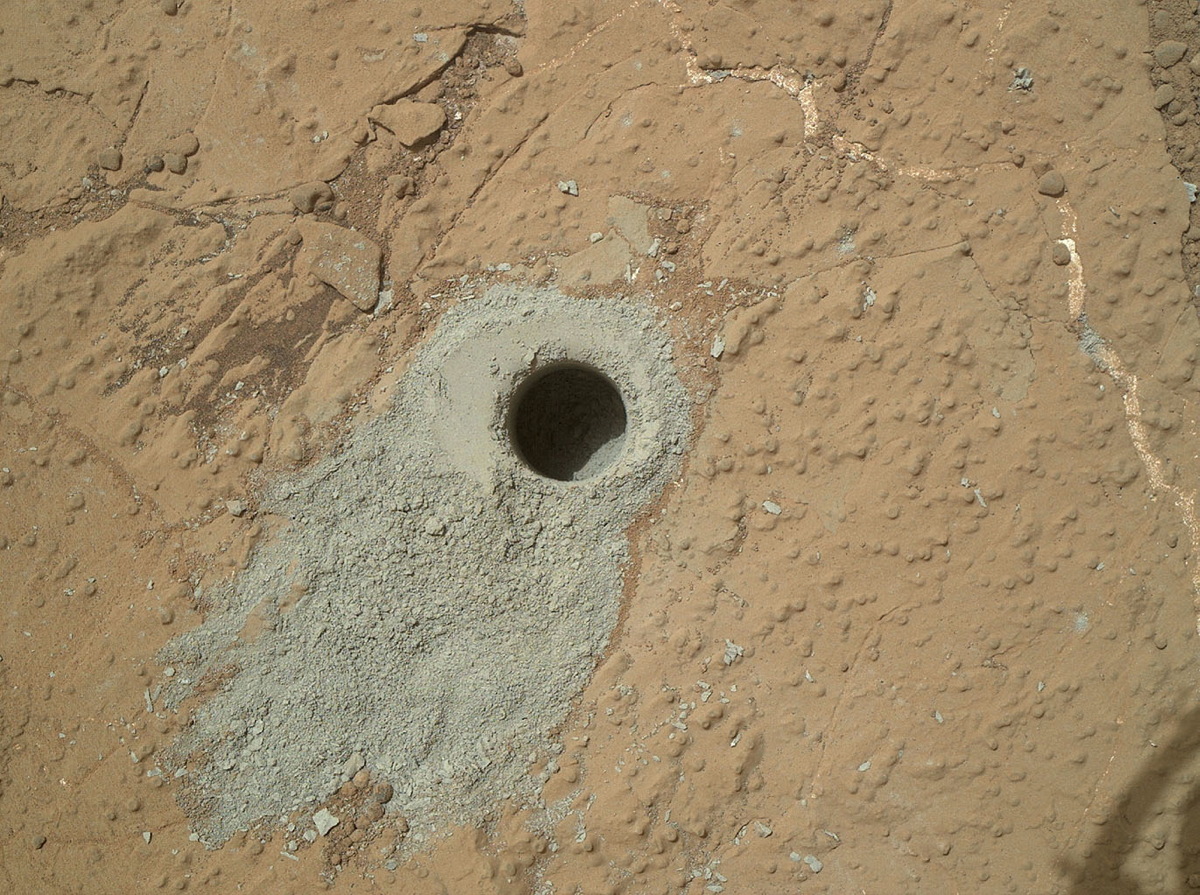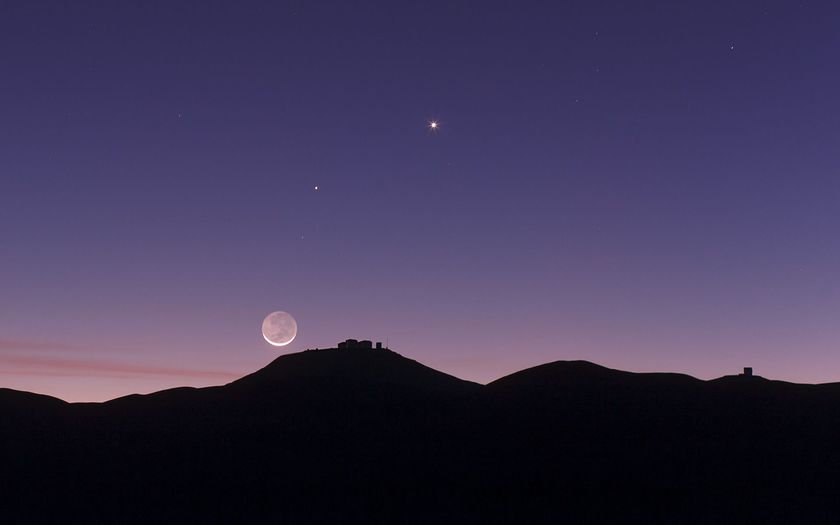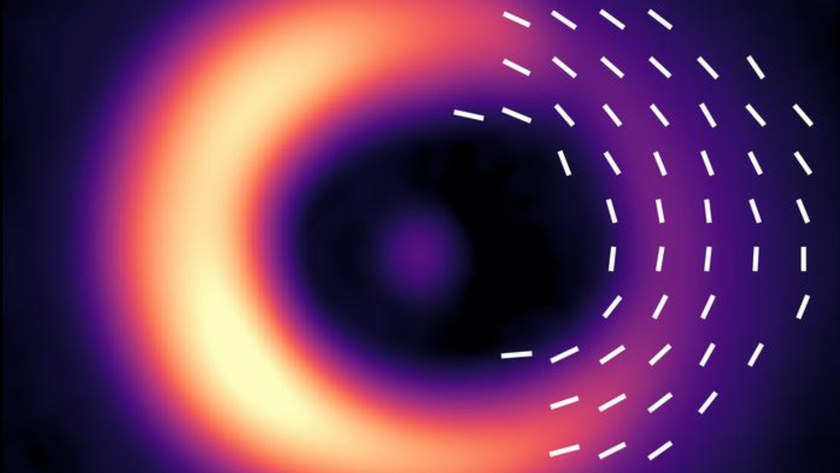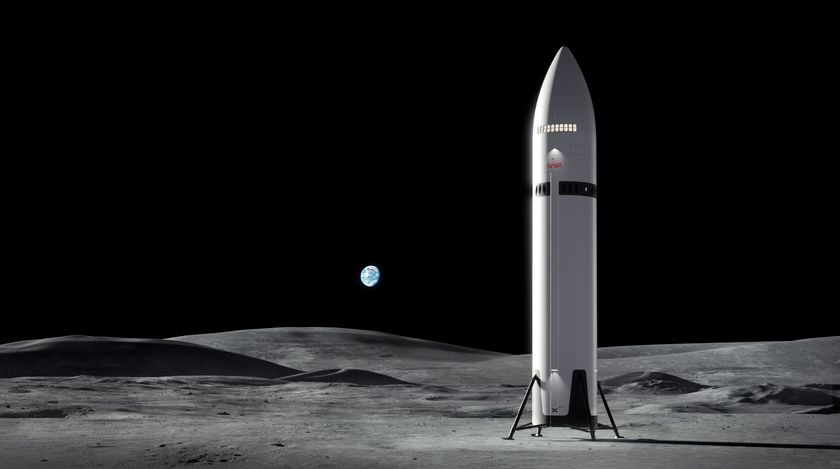Curiosity Rover Drills Into Mars Rock, Finds Water

NASA's Curiosity rover is continuing to help scientists piece together the mystery of how Mars lost its surface water over the course of billions of years.
The rover drilled into a piece of Martian rock called Cumberland and found some ancient water hidden within it. Researchers were then able to test a key ratio in the water with Curiosity's onboard instruments to gather more data about when Mars started to lose its water, NASA officials said. In the same sample, Curiosity also detected the first organic molecules it has found. Mission scientists announced the discovery in a news conference today (Dec. 15) at the American Geophysical Union's convention in San Francisco, where they also unveiled Curiosity's first detection of methane on Mars.
"It's really interesting that our measurements from Curiosity of gases extracted from ancient rocks can tell us about loss of water from Mars," Paul Mahaffy, Curiosity's SAM (Sample Analysis at Mars) instrument principal investigator at NASA's Goddard Space Flight Center in Greenbelt, Maryland, said in a statement. [Photos: The Search for Water on Mars]
Curiosity measured the ratio of deuterium (heavy hydrogen) to "normal" hydrogen. This D-to-H ratio can help scientists see how long it takes for water molecules to escape, because the lighter hydrogen molecules fly toward the upper atmosphere more freely than deuterium does.
The D-to-H ratio in Cumberland is about half the ratio found in the Martian atmosphere's water vapor today, NASA officials said. This suggests that the planet lost much of its surface water after the Cumberland rock formed, space agency officials added in the same statement.
But the water sample is also about three times "heavier" than Earth's oceans. This means that if Mars' surface water started off with a D-to-H ratio like Earth's, then most of the Martian water likely disappeared before Cumberland formed about 3.9 billion to 4.6 billion years ago.
The Cumberland measurement fills in a gap for scientists studying different epochs of Martian geological evolution. This sampling marks the first time scientists have been able to measure what the water on Mars may have been like during the Hesperian period, when this rock was formed, said Mahaffy, who is the lead author of a Mars water study published in the journal Science this week.
Get the Space.com Newsletter
Breaking space news, the latest updates on rocket launches, skywatching events and more!
Previously, scientists have used Martian meteorites on Earth to sample Martian water; however, none of those space rocks date back to the Hesperian period.
"You have the whole period from 2.5 billion to 4 billion years old, and there's no data that we have from Mars meteorites just because we haven't found any yet, I guess," Mahaffy told Space.com. "So, it's very gratifying to be able to fill in that picture a little bit."
Follow Miriam Kramer @mirikramer. Follow us @Spacedotcom, Facebook and Google+. Original article on Space.com.
Join our Space Forums to keep talking space on the latest missions, night sky and more! And if you have a news tip, correction or comment, let us know at: community@space.com.

Miriam Kramer joined Space.com as a Staff Writer in December 2012. Since then, she has floated in weightlessness on a zero-gravity flight, felt the pull of 4-Gs in a trainer aircraft and watched rockets soar into space from Florida and Virginia. She also served as Space.com's lead space entertainment reporter, and enjoys all aspects of space news, astronomy and commercial spaceflight. Miriam has also presented space stories during live interviews with Fox News and other TV and radio outlets. She originally hails from Knoxville, Tennessee where she and her family would take trips to dark spots on the outskirts of town to watch meteor showers every year. She loves to travel and one day hopes to see the northern lights in person. Miriam is currently a space reporter with Axios, writing the Axios Space newsletter. You can follow Miriam on Twitter.


